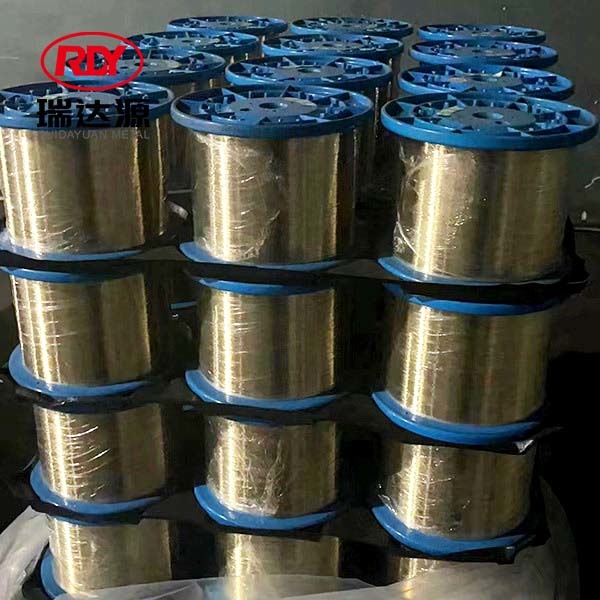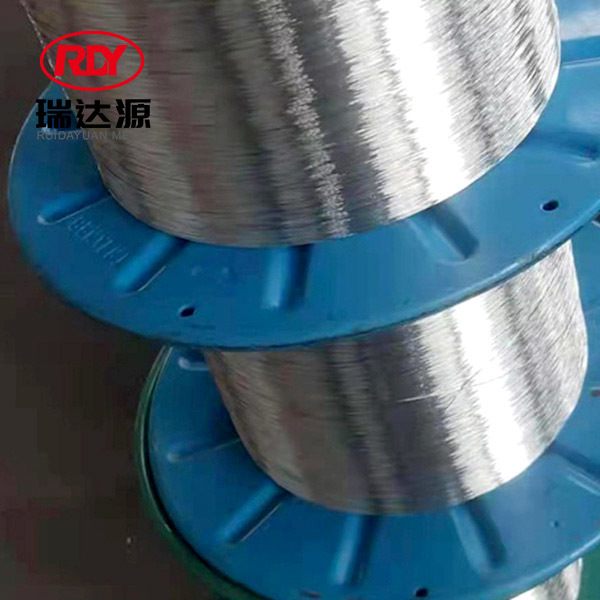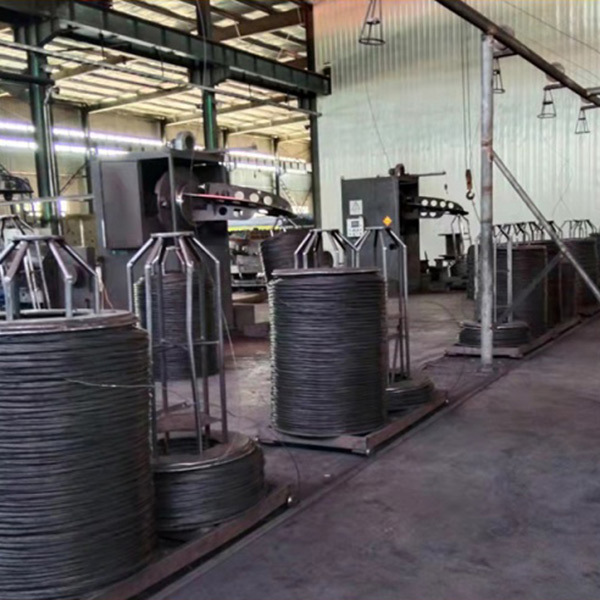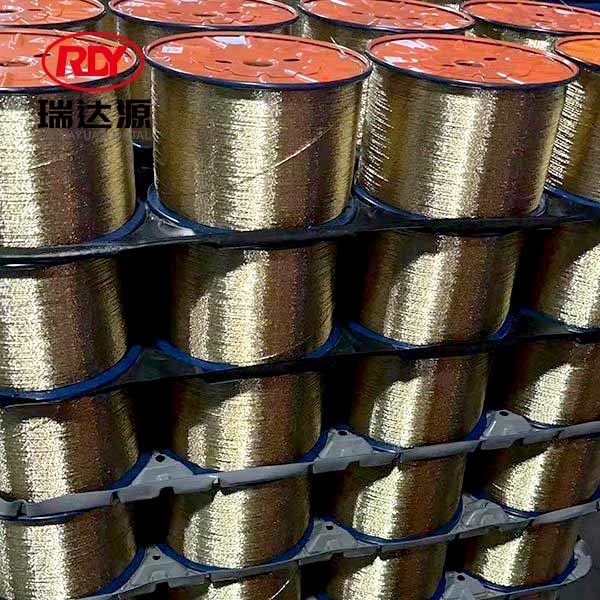Innovative Ways to Utilize Steel Wire in Building Projects
Release Time:
Sep 14,2024
Innovative Ways to Utilize Steel Wire in Building Projects Table of Contents Introduction to Steel Wire in Construction The Benefits of Using Steel Wire in Building Projects Key Applications of Steel Wire in Construction 1. Reinforcement of Concrete Structures 2. Suspension Systems for Architectural Design 3. Durability in

Innovative Ways to Utilize Steel Wire in Building Projects
Table of Contents
- Introduction to Steel Wire in Construction
- The Benefits of Using Steel Wire in Building Projects
- Key Applications of Steel Wire in Construction
- 1. Reinforcement of Concrete Structures
- 2. Suspension Systems for Architectural Design
- 3. Durability in Fencing and Barriers
- 4. Decorative Elements and Design Features
- Sustainability and Eco-Friendly Benefits of Steel Wire
- Case Studies: Successful Use of Steel Wire in Building Projects
- Frequently Asked Questions
- Conclusion
Introduction to Steel Wire in Construction
Steel wire is a fundamental component in the world of construction, esteemed for its remarkable strength, durability, and versatility. As the industry evolves, innovative uses of steel wire are emerging, enhancing not only structural integrity but also aesthetic appeal in building projects. In this article, we will delve into the myriad ways steel wire can be effectively utilized in construction, showcasing its potential to revolutionize building practices.
The Benefits of Using Steel Wire in Building Projects
The adoption of steel wire in construction offers several compelling advantages:
Enhanced Strength and Durability
Steel wire boasts immense tensile strength, making it an ideal choice for reinforcing concrete structures. Its resilience ensures longevity, reducing the need for frequent repairs and replacements.
Flexibility in Design
Steel wire can be manipulated into various shapes and sizes, allowing architects and designers to explore innovative forms and functionalities in their projects. This adaptability fosters creativity and unique building solutions.
Cost-Effectiveness
Utilizing steel wire can be more economical than traditional materials, as it often requires less material volume while still providing outstanding support and reinforcement.
Low Maintenance Requirements
Steel wire is resistant to corrosion and structural degradation, leading to lower maintenance costs over the lifespan of a building.
Key Applications of Steel Wire in Construction
Steel wire has a broad range of applications in building projects, enhancing functionality and appearance across various structures.
1. Reinforcement of Concrete Structures
One of the most prevalent uses of steel wire is in the reinforcement of concrete. Reinforced concrete structures utilize steel wire in the form of rebar, providing the necessary tensile strength to support heavy loads. By embedding steel wire mesh or bars within concrete, builders can create robust foundations, walls, and ceilings that withstand environmental stresses.
2. Suspension Systems for Architectural Design
Steel wire suspension systems offer a sleek, modern approach to architectural design. These systems are used in applications such as suspended ceilings, glass walls, and even bridges. The minimalist aesthetic of visible steel wire creates a contemporary look while ensuring structural stability. Architects increasingly incorporate these designs to achieve open, airy spaces with natural light.
3. Durability in Fencing and Barriers
Steel wire is widely employed in fencing and barrier construction due to its strength and resistance to weather conditions. Whether for security purposes in commercial spaces or aesthetic fencing in residential areas, steel wire provides a durable solution that requires minimal upkeep. Its versatility allows for various designs, from chain-link fences to decorative wrought iron styles.
4. Decorative Elements and Design Features
Beyond structural applications, steel wire can serve as an artistic medium in building projects. Designers utilize steel wire for decorative elements such as railings, sculptures, and art installations. The ability to create intricate designs with steel wire allows for unique expressions of creativity in architecture, transforming mundane spaces into visually stunning environments.
Sustainability and Eco-Friendly Benefits of Steel Wire
As sustainability becomes increasingly crucial in construction, steel wire presents several eco-friendly advantages.
Recyclability
Steel wire is highly recyclable, making it an environmentally responsible choice for building materials. When structures are demolished or renovated, steel wire can be easily repurposed, reducing waste and the demand for new resources.
Energy Efficiency
The production of steel wire has become more energy-efficient over the years, with modern techniques reducing emissions and energy usage. Choosing steel wire contributes to a lower carbon footprint in construction practices.
Durability and Longevity
The long lifespan of steel wire means that buildings require fewer replacements over time, resulting in less material consumption and waste. This durability aligns with sustainable building goals, promoting resource conservation.
Case Studies: Successful Use of Steel Wire in Building Projects
To further emphasize the innovative uses of steel wire, we present case studies that highlight successful applications in notable building projects.
Case Study 1: The High Line, New York City
The High Line, once an elevated rail line, has been transformed into a vibrant public park. Steel wire plays a crucial role in its design, with wire mesh used in railings and structural supports. This project showcases how steel wire can enhance public spaces while providing safety and aesthetic appeal.
Case Study 2: The Eden Project, Cornwall, England
The Eden Project features biomes made of steel wire and plastic, demonstrating the integration of materials for environmental sustainability. The use of steel wire allows for large, open spaces while maintaining structural integrity, inspiring similar projects worldwide.
Case Study 3: Big Bend, New York City
Big Bend, a proposed architectural marvel, will feature a unique design sustained by steel wire frameworks. The innovative use of steel wire aims to create a long, curved building that maximizes space while minimizing material usage, showcasing the potential of steel wire in future construction.
Frequently Asked Questions
1. What is the primary advantage of using steel wire in construction?
The primary advantage is its exceptional tensile strength, which enhances the structural integrity and longevity of buildings.
2. How does steel wire contribute to sustainability in building projects?
Steel wire is recyclable and has a long lifespan, reducing waste and resource consumption in construction.
3. Can steel wire be used in decorative applications?
Yes, steel wire is versatile and can be used for artistic features, railings, and other decorative elements in architecture.
4. Is steel wire resistant to corrosion?
Yes, high-quality steel wire is treated to resist corrosion, making it suitable for various environmental conditions.
5. What are the typical applications of steel wire in residential construction?
In residential construction, steel wire is commonly used for reinforcement in concrete, fencing, and decorative features.
Conclusion
In summary, the innovative utilization of steel wire in building projects offers a compelling combination of strength, aesthetic appeal, and sustainability. From reinforcing concrete structures to serving as artistic features, the versatility of steel wire is transforming the construction landscape. As we continue to explore and implement these innovative applications, steel wire will undoubtedly play a pivotal role in shaping the future of architecture and design. Embracing these methods not only enhances building projects but also supports sustainable practices that benefit the environment.
Keywords:
Related news







